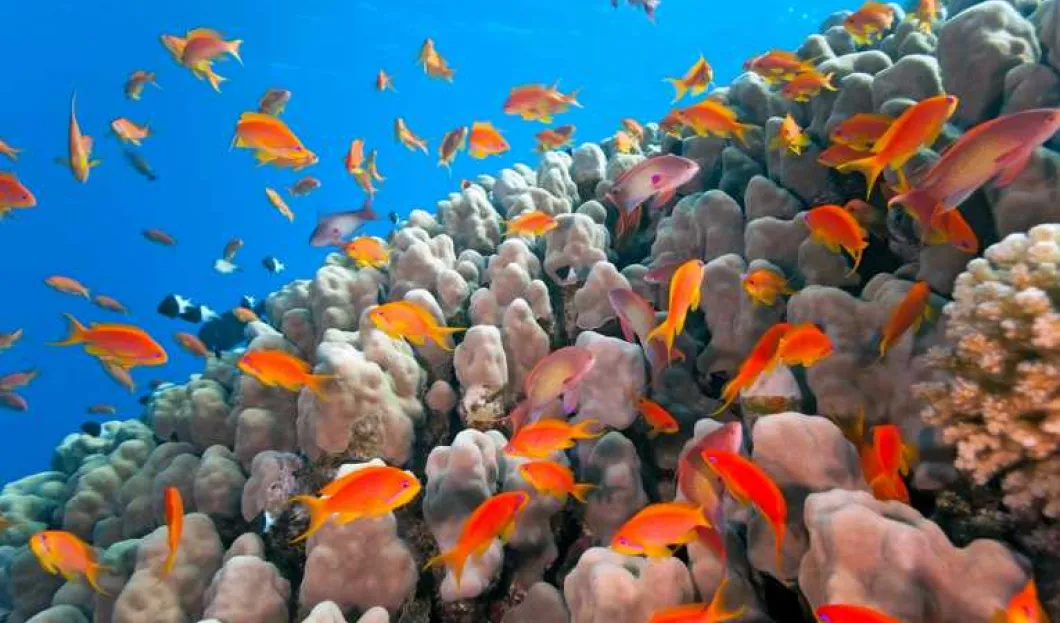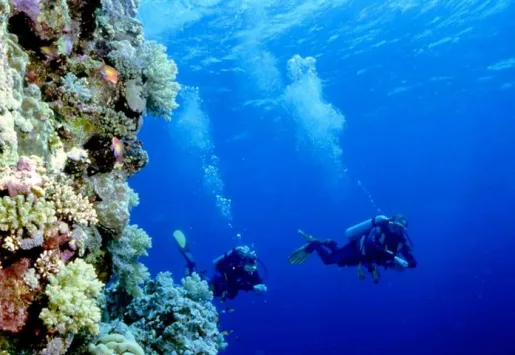
Recent studies from the United Nations estimate that since the 1970s, 50 percent of the Caribbean coral reefs have disappeared.
A study recently published by the United Nations Environment Program (UNEP) and from the International Union for the Conversation of Nature (IUCN), in which 90 researchers participated, indicates that more than half of the corals in the Caribbean have disappeared since the 70s, and those that remain—one sixth of the original coral reefs—could vanish in twenty years.
“Coral reef health is in critical condition—the main producer of white sand that bathes our beaches. If we didn't have corral reefs, we couldn't sell the country as a tropical island for tourism,” warns marine biologist Ruben Torres.
Overfishing, overpopulation, contamination of coastal zones, global warming, invasive species, and disease outbreaks like “white band disease” are the main reasons why coral is in danger of extinction.
“With white band disease, we know that there are two types, one that we don't have information about, and another that is a bacteria that is found in polluted water that humans produce, and this indicates that this is also contributing to the destruction,” explains Victor Galvan, Research Coordinator from the Punta Cana Ecological Foundation.
In a special project done by the newspaper Diario Libre, the Montrouis waters of the Dominican Republic, around the Moulin Sur Mer Hotel, were looked over for 45 minutes, and this depressing situation was still continuing at that time.
“We already finished off grouper fish, red snappers, and now we are killing off all the parrot fish to feed people, and this is the next battle that we have to fight,” pointed out Torres, a biologist, who manages the Dominican Reef Check Foundation, which has defending this cause as one of its objectives.
“Here, the coral reefs are increasingly dominated by algae. Algae have increased in an overwhelming way from liquid contamination, and, as with overfishing in general, the fishing industries and fishermen want to trap the biggest fish, and what happens is that parrot fish are of considerable size, so they have finished them off,” explains Torres.














